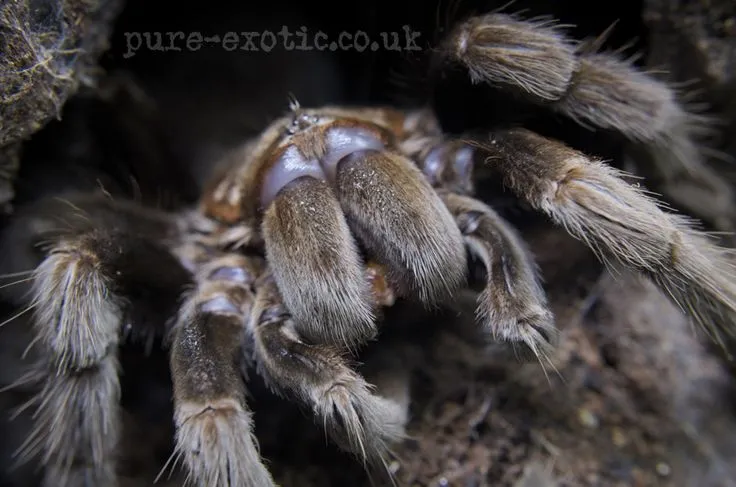What is a Grammostola Pulchra Tarantula?
The Grammostola pulchra, commonly known as the Brazilian Black tarantula, is a captivating and sought-after species among tarantula enthusiasts. Native to the grasslands of Southern Brazil, this terrestrial tarantula is prized for its striking appearance and relatively docile temperament, making it a popular choice for both novice and experienced keepers. Its jet-black coloration throughout all life stages gives it a sleek and elegant look, adding to its appeal. Understanding the basics of this tarantula’s biology, care requirements, and unique characteristics is essential for anyone considering adding a Grammostola pulchra to their collection. Proper care ensures the tarantula’s well-being and allows keepers to appreciate the beauty and fascinating behaviors of this remarkable arachnid.
Appearance and Characteristics
The Grammostola pulchra is easily recognizable due to its striking all-black coloration. This color is consistent across all life stages, from spiderling to adult. Adult females can reach a leg span of up to 6 to 7 inches, while males are typically smaller. The body is covered in fine hairs, giving it a velvety texture. Their legs are robust, and they possess chelicerae (mouthparts) that are used for feeding. The overall appearance is one of elegance and strength, making it a visually appealing tarantula. The consistent black color is unique among tarantula species and a key characteristic that aids in its identification. The presence of urticating hairs on the abdomen serves as a defense mechanism, which can cause irritation upon contact.
Origin and Habitat
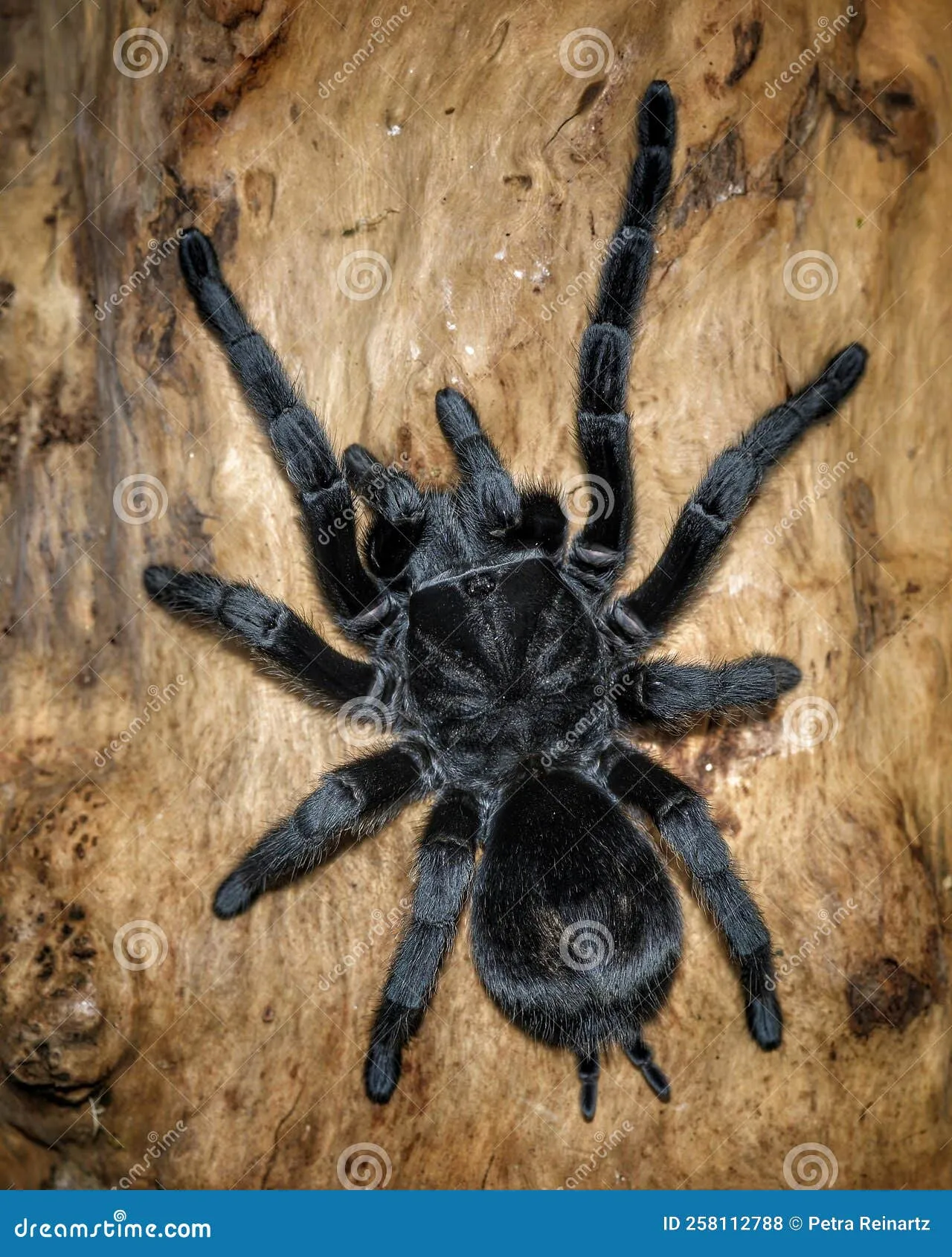
The Grammostola pulchra originates from the grasslands of Southern Brazil. They are terrestrial tarantulas, meaning they primarily live on the ground. In their natural habitat, these tarantulas burrow or find refuge under rocks, logs, and in the leaf litter to escape predators and the elements. The climate in their native environment is generally warm and humid, with distinct wet and dry seasons. Replicating these conditions is important in captivity to ensure their health and well-being. Providing a suitable substrate, temperature, and humidity levels helps the tarantula thrive. Understanding the natural environment of the Grammostola pulchra is critical to providing adequate care and replicating a suitable captive environment.
Top 7 Facts About Grammostola Pulchra Tarantulas
Fact 1 The Brazilian Black
The Grammostola pulchra is often referred to as the Brazilian Black tarantula due to its distinctive all-black coloration. This coloration is consistent across all life stages, making it easy to identify. The deep black hue is a striking feature that makes it a sought-after species among tarantula enthusiasts. This coloration helps distinguish it from other tarantula species and adds to its aesthetic appeal. This feature also contributes to their camouflage in their natural environment, providing protection from predators.
Fact 2 Size and Lifespan
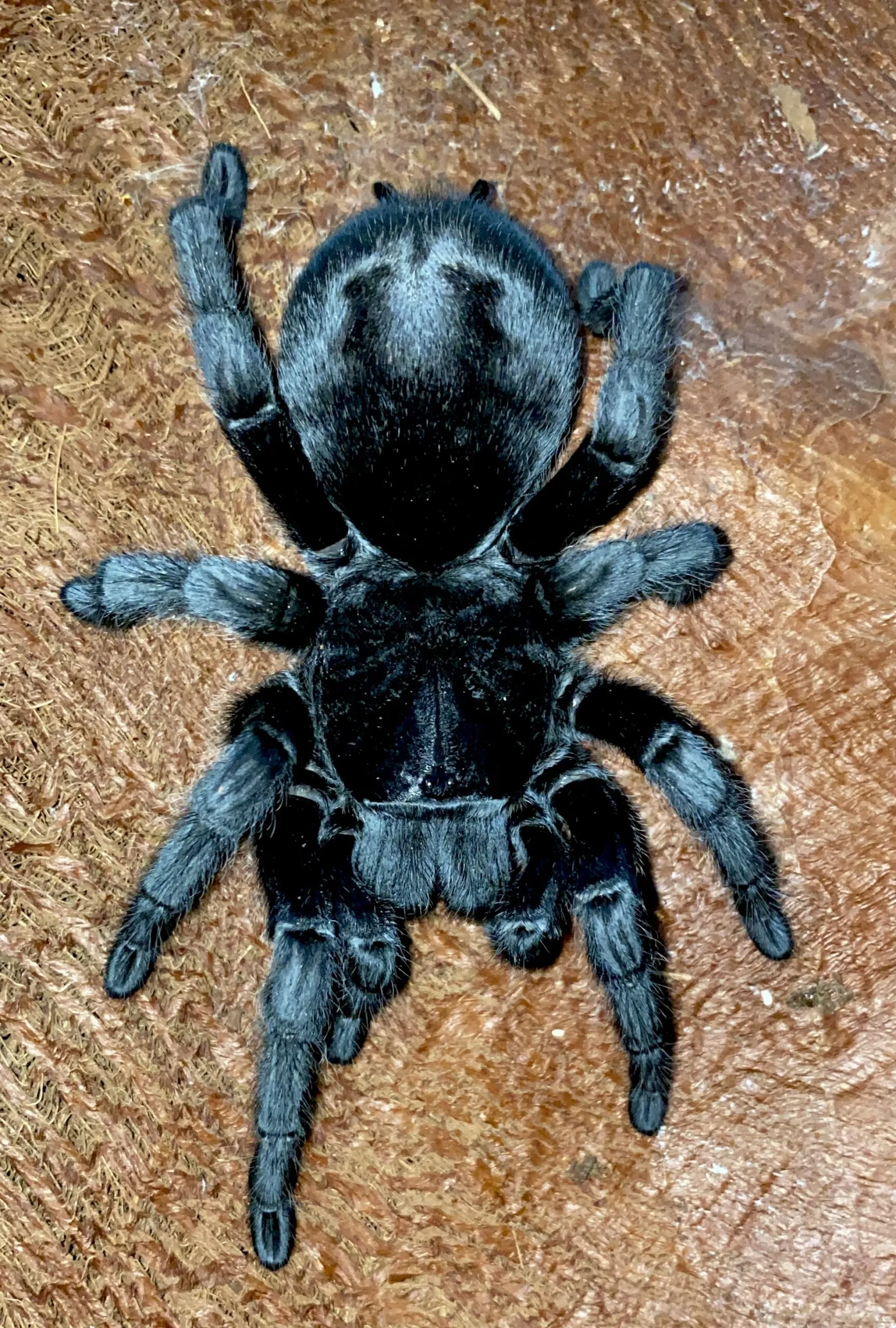
Female Grammostola pulchra tarantulas can live for an impressive 20 to 25 years, making them a long-term commitment for keepers. Males, on the other hand, have a shorter lifespan, typically living for 5 to 10 years. Adult females can reach a leg span of 6 to 7 inches, while males are usually smaller. The long lifespan of females makes them a popular choice for those seeking a pet that they can enjoy for many years. The size and lifespan are important considerations for potential owners, as it impacts housing needs and long-term care responsibilities.
Fact 3 Temperament
The Grammostola pulchra is known for its relatively docile temperament. They are generally considered to be a calm and less defensive species, making them suitable for keepers with some experience. While they are not prone to biting, they can still exhibit defensive behaviors, such as flicking urticating hairs. It is important to handle them with care and respect. Their calm nature, when coupled with their beautiful appearance, adds to their popularity as a pet. Always observe the tarantula’s body language and be prepared to take precautions.
Fact 4 Diet and Feeding
In the wild, the Grammostola pulchra feeds on insects, such as crickets, roaches, and other invertebrates. In captivity, they are typically fed a diet of appropriately sized insects. The frequency of feeding depends on the tarantula’s age and size. Spiderlings should be fed more often, while adults can be fed less frequently. It is crucial to provide a varied diet and avoid overfeeding, which can lead to health problems. Fresh water should always be available. Mealworms can also be part of the diet, but should be used sparingly due to their hard exoskeletons. Always remove uneaten food.
Fact 5 Habitat Setup
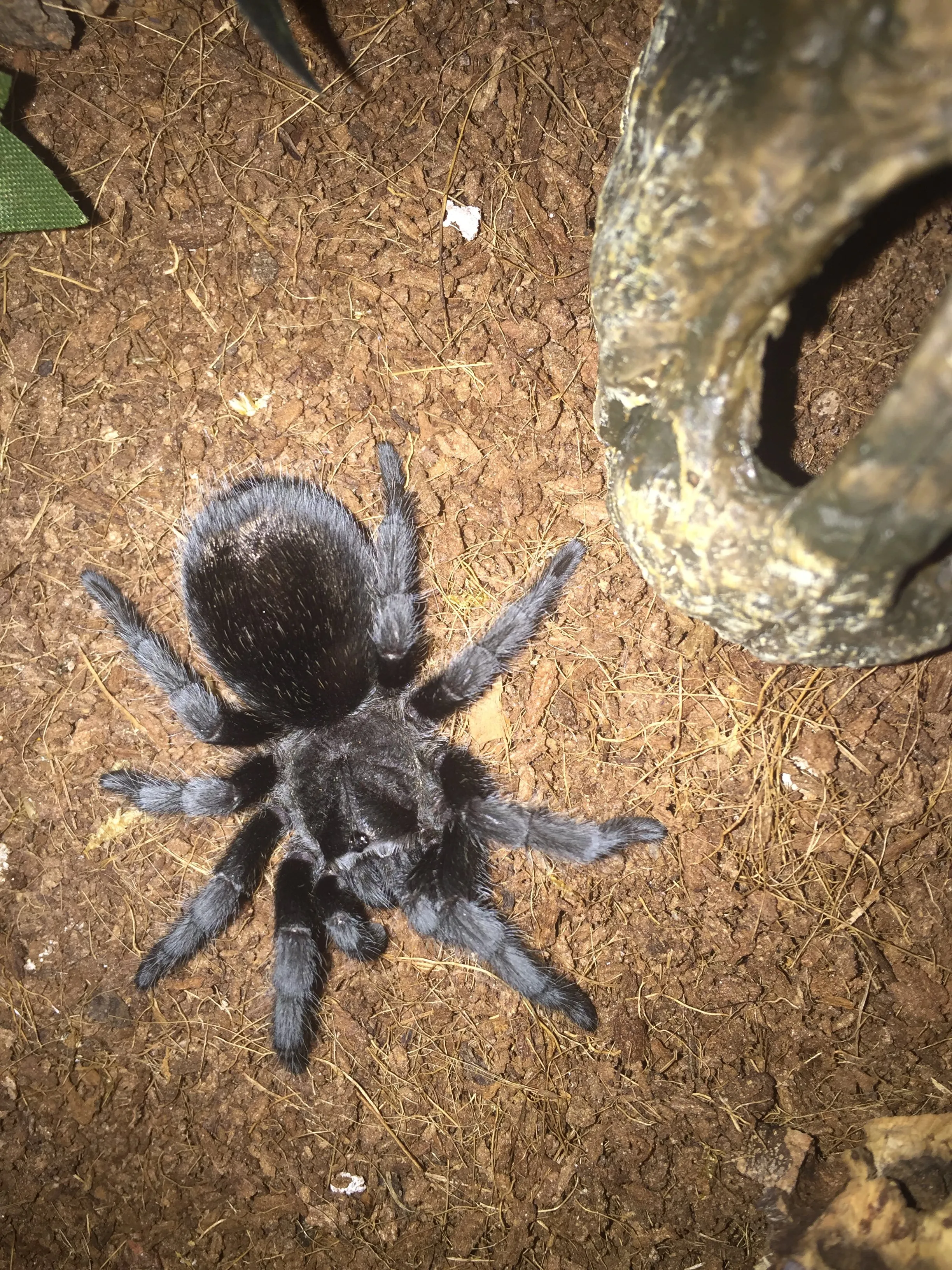
Creating a suitable habitat is essential for the well-being of a Grammostola pulchra. A terrestrial setup is required, with a substrate of coco fiber, peat moss, or a mixture of the two. The enclosure should be large enough for the tarantula to move around comfortably and should include a hide, such as a piece of cork bark or a pre-made hide, to provide a sense of security. The enclosure should be well-ventilated and maintain a temperature between 75 to 85°F (24 to 29°C). A shallow water dish should always be available. The size of the enclosure should be adjusted as the tarantula grows, with juveniles requiring smaller enclosures to feel secure.
Fact 6 Molting Process
Like all tarantulas, the Grammostola pulchra molts to grow. Molting involves shedding their exoskeleton, which allows them to increase in size. Before molting, the tarantula may become inactive and may refuse to eat. The molting process can take several hours or even days, and during this time, the tarantula is vulnerable. It is important to avoid disturbing the tarantula during this process. After molting, the tarantula’s new exoskeleton is soft and needs time to harden. Provide ample water and do not handle the tarantula until its fangs have hardened.
Fact 7 Handling and Safety
While the Grammostola pulchra is relatively docile, it is still a wild animal, and caution should be exercised when handling them. Handling is generally discouraged unless necessary, as it can stress the tarantula. If handling is required, do so gently and close to the ground to minimize the risk of injury if the tarantula falls. Be mindful of the tarantula’s urticating hairs, which can cause skin irritation. Always wash your hands after handling the tarantula or any items from its enclosure. Regular interaction is unnecessary, and observing the tarantula in its enclosure is often the best approach.
Caring for Your Grammostola Pulchra Tarantula
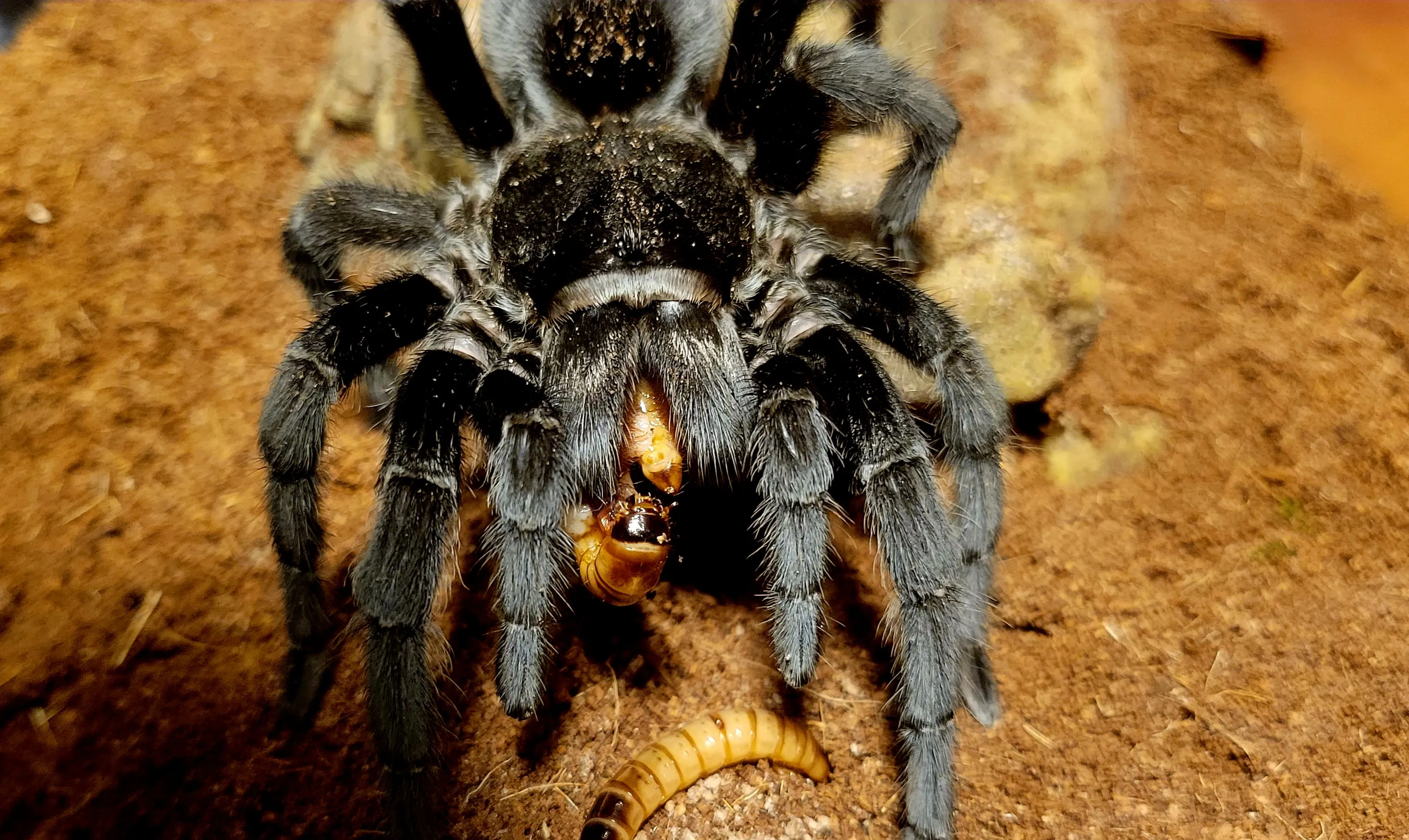
Choosing a Healthy Tarantula
When selecting a Grammostola pulchra, choose a tarantula that appears active and healthy. Look for a tarantula with a plump abdomen, which indicates it is well-fed. The tarantula should have all its legs and no visible injuries. Avoid tarantulas that appear lethargic or have any signs of illness. Research reputable breeders or pet stores to ensure the tarantula comes from a reliable source. Checking the tarantula’s environment, such as substrate cleanliness and humidity, can also provide insights into the seller’s care practices. Ensure the tarantula is eating regularly.
Creating the Right Environment
The habitat for a Grammostola pulchra should replicate their natural environment. A glass or plastic enclosure is appropriate, with dimensions that provide ample space for the tarantula to move around. A substrate of coco fiber, peat moss, or a mixture of the two should be used to maintain humidity and allow the tarantula to burrow. Provide a hide, such as a piece of cork bark, to give the tarantula a sense of security. Maintain a temperature between 75 and 85°F (24 and 29°C) with a heat lamp or mat. A shallow water dish is essential for providing fresh water. Regular cleaning of the enclosure is required to prevent the buildup of waste and mold.
Feeding and Hydration
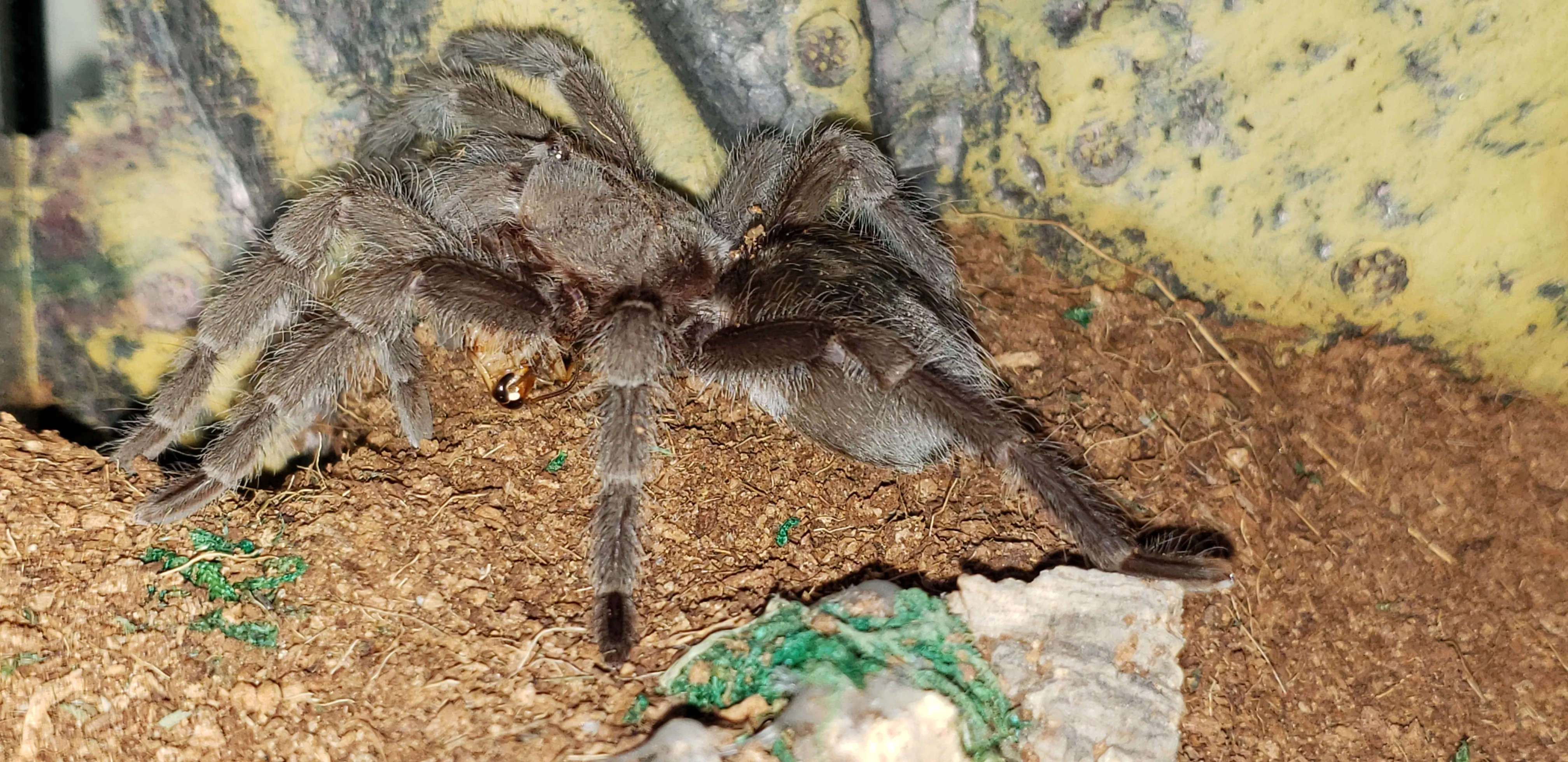
Feeding a Grammostola pulchra involves providing appropriately sized insects, such as crickets, roaches, or mealworms. The frequency of feeding depends on the tarantula’s age and size, with spiderlings requiring more frequent meals. Avoid overfeeding, which can lead to health issues. Always remove uneaten food after 24 hours to prevent mold growth. Ensure a constant supply of fresh water in a shallow dish. Provide a varied diet of insects to meet nutritional needs. Observe the tarantula’s feeding behavior and adjust the feeding schedule as needed. Supplementing the diet with vitamin and mineral supplements is not usually needed.
Health and Common Issues
Common health issues in Grammostola pulchra include mites, fungal infections, and injuries from falls or bites. Mites can be identified by their small size and movement on the tarantula or in the enclosure. Fungal infections can occur if the enclosure is too humid or not properly ventilated. Injuries can happen if the enclosure is too high or if the tarantula is mishandled. Maintaining proper humidity levels, providing a clean enclosure, and handling the tarantula with care can prevent many health problems. Consult a veterinarian specializing in exotic animals for advice if you notice any signs of illness.
